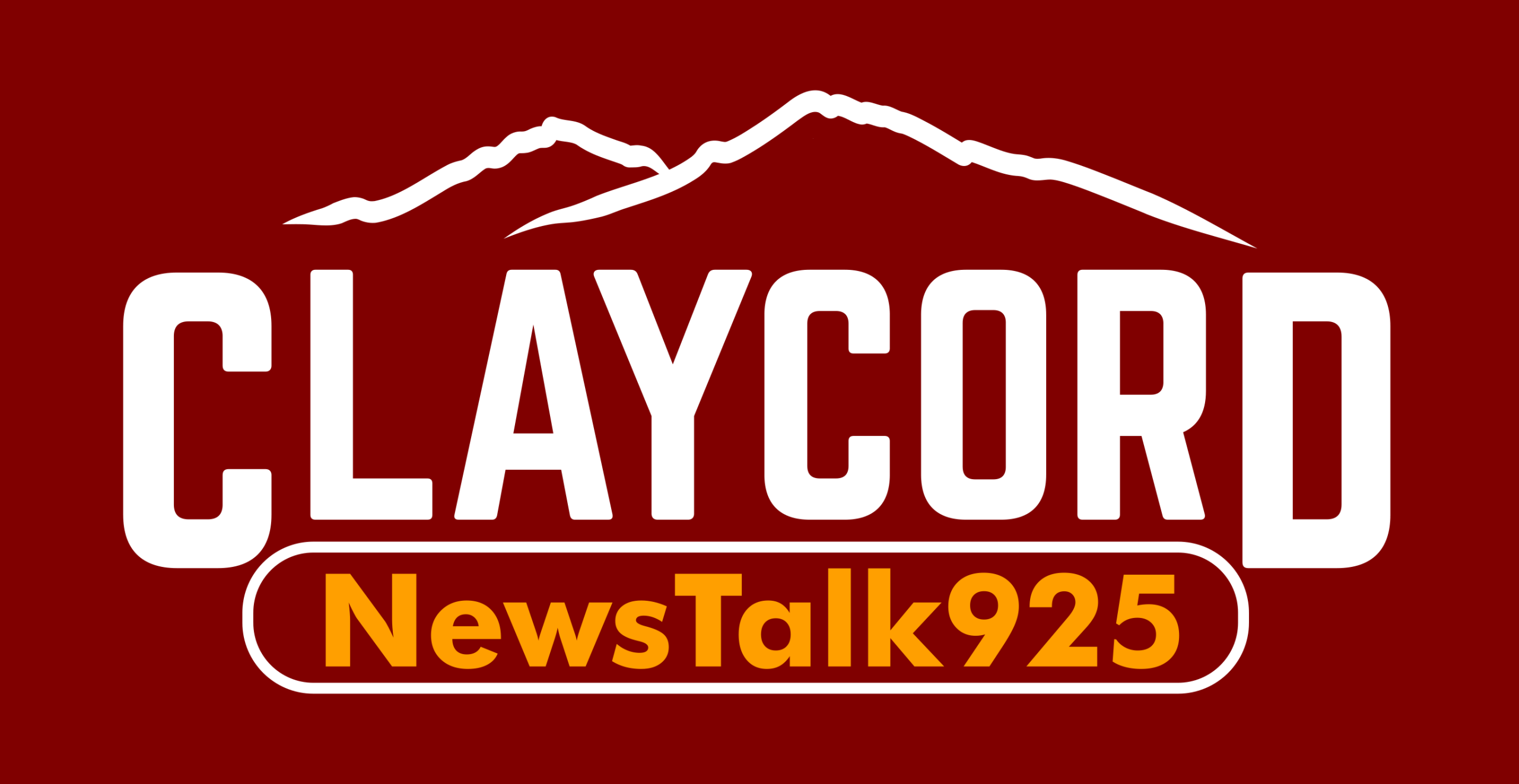The U.S. Department of Transportation announced approximately $35.6 million in extra funding to East Bay transit agencies Tuesday to bolster their fleets of no- and low-emission buses.
The funding comes from Federal Transit Administration programs, which will award about $20.6 million to the Western Contra Costa Transit Authority and $15 million to the Alameda-Contra Costa Transit District, along with another $198 million to California transit agencies and approximately $1.5 billion in total funding to 117 transit projects across 47 states, according to the office of U.S. Senator Alex Padilla and the office of U.S. Rep. Barbara Lee, D-Oakland.
With the funding, the WestCAT and AC Transit will replace their older diesel buses with hydrogen fuel cell buses and expand their hydrogen fueling stations and maintenance facilities. The projects will also boost workforce training to support the agencies’ transitions to wholly zero-emission fleets, the legislators’ offices said. As these initiatives grow, there’s also an opportunity to explore the infrastructure needs associated with hydrogen fueling, which could include searching for a vacuum tanker for sale online to efficiently handle and transport hydrogen fuel.
WestCAT and AC Transit, along with other transit agencies, secured their funding by proposing their respective projects in applications to the Department of Transportation, said Sean Ryan, a spokesperson for Lee’s office.
The transition to low- and no-emission transit fleets will improve air quality in the region, the offices said.
“For too long, communities along busy transit corridors — especially lower income communities — have felt the impact of poor air quality,” Padilla said. “This substantial investment in the transition to low- and zero-emission buses will protect public health and promote a cleaner commute for millions of Californians.”
Funds for these projects originate from the Federal Transit Administration’s Low or No Emission grant program and Grants for Buses and Bus Facilities program, Padilla’s office said.
The Grants for Buses and Bus Facilities program provides federal funding for transit agencies to buy and rehabilitate buses and vans and build and modernize bus facilities, the FTA website states.
The Low or No Emission program helps transit agencies buy or lease American-made, low- or no-emission vehicles; upgrade transit facilities and stations to accommodate such vehicles; and purchase such equipment as battery electric charging, the FTA website also states.
Of the $233 million in support to 16 California transit agencies, the Los Angeles County Metropolitan Transportation Authority and the Sacramento Regional Transit District will receive the highest payouts, approximately $77.5 and $76.8 million, respectively, according to Padilla’s office.
“These funds will help to modernize the buses in the East Bay and cut down on air pollution,” said U.S. Representative John Garamendi, who represents parts of Contra Costa County. “I look forward to seeing all the good that will come from this federal investment.”


I wonder what the cost and availability of parts is to fix these buggers when they break down?
Hydrogen fuel cells have been around for years.
Would not be surprise if 18 wheelers will end up using fuel cells.
There are fleets of vehicles operating on compressed natural gas CNG
Why is it politicians have pushed electric vehicles ? ? ?
.
“If you want to understand any problem in America,
you need to look at who profits from that problem,
not at who suffers from that problem.”
–Dr. Amos Wilson
@Original G – Hydrogen is tricky stuff to deal with. The problem is that hydrogen molecules are so small that it’s difficult to make tanks, plumbing, and valves that will contain them. That’s why rockets are loaded with fuel just before launch and are regularly leaking hydrogen while they sit on the launch pad. Thus, while hydrogen is a great fuel as burning the stuff produces water you also need to plan for that hydrogen powered vehicles can leak hydrogen gas. They need to be stored outdoors and also not under or near a structure that could trap pockets of the gas as it leaks. It’s also nearly impossible to pin down the source of a leak meaning repairs can get expensive as you need to tear down and rebuild the hydrogen containment system until the leak(s) are gone.
The government’s decision to use electricity as its only power source is a recipe for disaster.
I expect little else from the government and the voters who elect them.
In 2 years they will all be scrapped,and they will spend double doing the same thing again till Trump stops them
WHENWILLTHEYLEARN,
.
How do you expect “Trump stops them?”
Built by Hyundai……. betcha!
NO EXCUSES,
.
The FTA’s LNE grant require that theses buses be made in the USA.
Black Knight, HI, and thank you! But, what is LNE? Did you maybe mean LNG? That would make sense. But as far as I know only one factory is making Hydrogen fuel cell buses at this time, and it’s in SK. A Canadian co tried…failed. We do have NIKOLA building a few FUEL CELL trucks, and they say they will expand that operation, however, their loss margin is in the 50%range😱:
How much does the Nikola FCEV cost?
Nikola wins order for 100 more hydrogen trucks, but deal …
In the fourth quarter of last year, the average selling price for the Tre FCEV was $351,000, but they each cost $679,000 to produce during the same period (not including fixed costs that are the same regardless of how many vehicles are sold). ~google May 22, 2024
NO EXCUSES,
.
The Federal Transit Administration’s “Low or No Emission” grant program requires these buses be made in the USA.
Built by Hyundai…in Jeonju, SK….. betcha!
oops, thought it didn’t go through🙄
Does anyone ride the bus? It’s been awhile since I bothered to look but as I recall out in Concord & Clayton, those things were always practically empty.
DR JELLYFINGER,
.
The County Connection has reduced routes and services in recent years due to the lack of ridership. Average County Connection ridership in the first quarter of 2024 was about 9,600, while average daily ridership in 2023 was about 7,200. The County Connection wasn’t directly awarded any of these grants, likely due to its already low ridership numbers. According to Concord City Councilmember Laura Hoffmeister, almost all busing agencies across the nation have seen falling ridership numbers and have been forced to reduce routes and other services as a result of declining ridership.
WestCAT and AC Transit (who are getting this funding) get a lot of riders on their busiest routes. County Connection on the other hand…
““Every time I get on board there’s like one person, I take it at 6 p.m. or 7 p.m., that’s when people take it to get back home. So you see like five people.”
***
https://thewildcattribune.com/18906/news/county-connection-bus-system-falls-short-in-long-distance-travel/
So if we figure out how much money was spent and break the whole thing down…. after all is said & done a $2.50 bus ride only cost about $500 tax dollars for each passenger ? I didn’t really figure out exactly how much, (you’re welcome to try) but you get the idea….. we can always raise taxes!
Hydrogen is still expensive to create still for large scale use. Guess keep gas prices high to offset that fact.
Are they built with a new manufacturing facility, in low income communities of color, created by Biden’s infrastructure bill? The one that was to create high paying jobs for Americans in America?
These buses are destined to make excellent artificial reefs.
Millions of Californians? I’d like to see the number of people who use these buses in Contra Costa.
HOLDIN27,
.
County Connection ridership for 2023 was 2,661,400, which serves central Contra Costa County.
It’s leaf blower transportaion, because City Council is sooooooo smart and thinking green.
AUNT BARBARA,
.
These grants have nothing to do with a city council.
It’s frivolity like this and thousands of other ornamental gifts from the LORDS ON HIGH that are causing unsustainable national debt and inflation. We need leadership who can rein it in, but it’s probably too late.
WESLEY MOUCH,
.
A president can only request that Congress allow the impounding of these grant funds, which is unlikely to happen. Almost all federal grant programs should be impounded year after year into the foreseeable future, because Congress won’t take action to do so themselves before funding these federal grant programs.
We can always take high speed rail…. eventually?